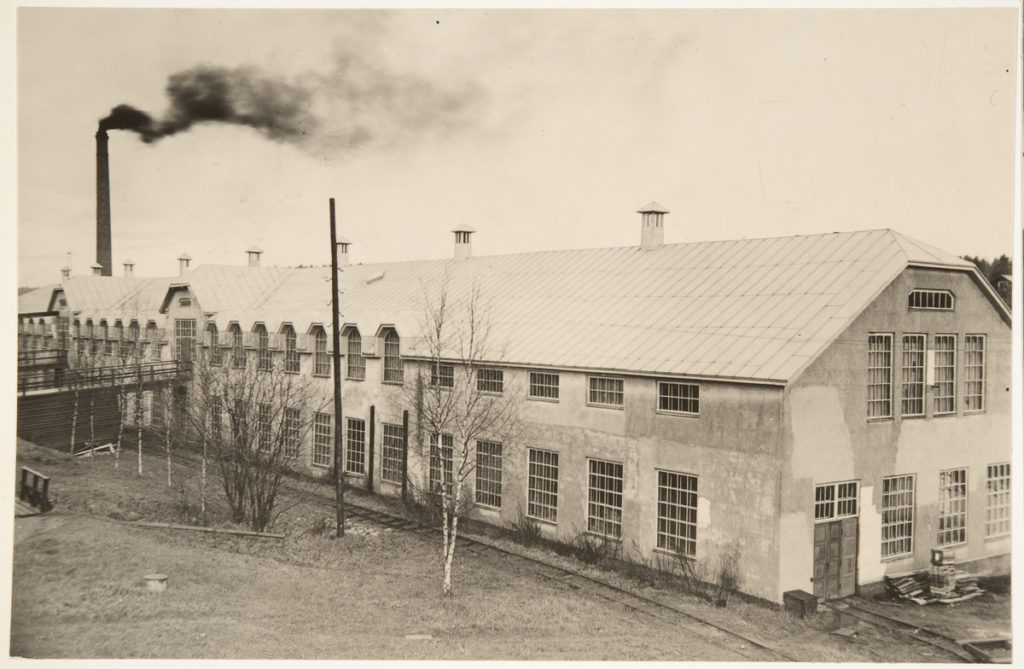
Billnäs is part of the historic ironworks area of southwestern Finland and is the third oldest in Finland, Rautaruukki. Billnäs Ruukki was founded in 1641 by Carl Billsten with the permission of the Swedish krona. The historic Kuninkaantie runs through Ruukki's Mustionjoki River and the other bank of the river. In the heart of the ironworks area, industrial activity largely ceased in the 1980s. Today, the area is owned by Billnäsin Ruukki Oy. The company is developing the area into a center for tourism, events and teleworking, respecting history.
Billnäsin Ruukki
Founding of Ruukki
In 1641, Carl Billsten received the right from the Swedish krona to establish Rautaruukki in Billnäs, the third oldest Rautaruukki in Finland. Billsten's actions as a master builder and ironworks cartridge have had a significant impact on the birth of Finland's industrial history. He also founded Fagervik Ironworks in 1646 and his son Carl Billsten Jr. founded Skogby Ironworks in 1682. These ironworks were owned by the Billsten family until the 1720s, after which they passed into the ownership of Stockholm merchants Johan and Mikael Hising.
Billnäs is part of the historic ironworks area of southwestern Finland, which includes almost twenty significant ironworks locations. The Mustionjoki River, which flows through Ruukki, ends at the port of Pohjankuru, a few kilometers away, from where the products were exported to the world. The other bank of the river runs along the historic Kuninkaantie. The railway from Helsinki to Turku always passed through Ruukki in 1991. The historic industrial landscape that opens up in all directions from Billnäs is one of Finland's most significant built cultural environments.
Ruukki's prosperity
In 1883, Hisinger's noble family divided the three ironworks among the heirs. Billnäs was owned by the youngest of the brothers, Fridolf Leopold Hisinger. He reformed the ironmaking business and turned it into a modern industrial enterprise with its well-known consumer products such as axes, hammers and oak office desks. In the early 20th century, Billnäs employed more than 1,000 people. The initials FLH are still visible on the wall decorations of many of Ruukki's buildings. You can also find another set of letters on the facades of the buildings, BBAB. Namely, Hisinger formed a limited liability company from the ironworks in 1898. Fiskars acquired a majority stake in Billnäs in 1920, but Billnäs continued its successful operations as its own unit and brand. At the heart of the Ruukki area, industrial activity ceased for the most part in the 1980s, when Ruukki passed into the ownership of the then municipality of Pohja.
New times
The central building stock in the area, a total of about 30 buildings, was transferred to the ownership of the private Billnäs Ruukki Oy in 2008. The company is developing the area into a center for hotel restaurant operations and events and telecommuting, respecting history. All the buildings in the area have taken their current form from FLH in the late 19th century to the 1920s. The barrel belonging to the cultural landscape was repaired in 2011.
Swedish great power
At the time of the founding of Billnäs Ruukki in the 1640s, Sweden? and Finland as part of it? was a northern European superpower. In the 17th century, Sweden was one of the most important iron producers in Europe, and the mining industry formed the economic backbone of the kingdom. The krona supported the establishment of new ironworks by tax breaks and attracted foreign know-how and capital to the north. Western Uusimaa also became part of Sweden's growing industrial landscape, which was filled with blast furnaces, hammer shops, miles, quarries and mines.
Billsten establishes Ruukki
Capital and courageous entrepreneurs were needed to set up the ironworks. Such was Carl Billsten, a German with a German background, born to a wealthy family in Stockholm in 1605. After his youth, he settled in Turku, Sweden’s second largest city, where he created a large fortune before moving into the mining industry. He found a suitable place for Ruukki on the banks of the Mustionjoki rapids, in a place called Skavistad. Ruukki began operations in 1641 and the place was named Billnäs after its owner. The blast furnace was built about a kilometer upstream, near the Maasilla rapids. In 1646, Billsten expanded its operations and founded Ruukki in Fagervik, which developed into a larger ironworks than Billnäs. In addition to the blast furnace, the Billnäs ironworks initially included two hammer mills and a bundle workshop. Wrought iron was produced in the blast furnace, and the mallet's main product, wrought iron, was forged from it. The workshops also made use products such as nails and tools from iron. Large amounts of hydropower and charcoal were required for all work phases. Initially, iron ore was mined from the Ojamo mine in Lohja. However, the mine did not produce enough good quality ore, so it was imported from the Utö mines in the Stockholm archipelago. Carl Billsten was the first ironworks cartridge to settle on the ironworks he owned. Billnäs ’first main building was located on the site of the current property manager’s house. Opposite the building, north of Kings Road, was a garden founded by Billsten. There is still a garden in the same place.
Ironworks landscape
The Mustionjoki River flows through the area and originates from Lohjanjärvi and passes through Mustion Ruukki and Karjaa to Pohjanpitäjänlahti. The historic Great Beach Road, or King's Road, between Turku and Vyborg is also nearby. Initially, Ruukki was located north of the river, but expanded to the opposite bank of the river in the 18th century. At Billnäs, the river forms a 6-meter drop, making the site perfect for setting up Ruukki. From the rapids, water was diverted into water troughs that rotated mills and hammer shops. The wild bubbling rapids were dammed in 1921, when the power plant was also completed.
The time of the Hisingers
The Great Northern War (1700? 1721) was a devastating time for Western Uusimaa and its ironworks. In 1723, the Stockholm brothers Johan and Mikael Hising bought the ironworks of Billnäs, Fagervik and Skogby, which had been destroyed in the war and were founded by Carl Billsten and his son in the 17th century. The ruined Billnäs Ruukki was renovated in five years. Johan, the son of Mikael Hising, became the owner of the ironworks in 1756. During his time, the ironworks flourished and made great profits. Johan Hising was ennobled in 1770 as Hisinger. In 1738, Billnäs Ruukki expanded south of the river, where a new hammer shop was established. The older hammer shop was located where you stand. Next to the workshop were four coal storages, to which steep bridges took the road. Dwellings for workers and blacksmiths were built between the road and the rock wall. Ruukki's main building, stables and shops were a short distance away. The oldest part of the ironworks was therefore located on this side of the river.
Big fire
On August 10, 1775, Billnäs' assistant Johan Timper was on duty. At 11 a.m., he noticed a fire had broken out in one of the coal stores. A spark flying from the hammer shop had set the roof on fire. Ironworks manager Johan Nordberg was summoned and 16 men tried in vain to put out the fire. The whole north of Ruukki? hammer hammer, mill building, coal storage, Ruukki's main building and ironworks shop? destroyed. Even the park road and garden burned down. Only two houses on the top of Lippukallio survived. During the same summer, the fire had also wreaked havoc on Hisinger's main pottery in Fagervik. After the destruction, the mill, coal storage, apartments and hammer shops had to be rebuilt. Johan Hisinger's initials and years of construction can be seen on the exterior walls of the large magazine (1778) and the wrought iron magazine (1788). After the fire, Hisinger built a wide road bridge over the river and a road connecting Ruukki's Ekenäs highway.
Another disaster
In the autumn of 1782, seven years after the great fire, the Billnäs ironworks was hit by a great flood. The water froze at the lower dam, at which point the water level began to rise. Soon the water was already 3.5 meters higher than normal, almost completely covering the buildings on the river bank. Even worse would follow. Inrikes Tidningar wrote how on the evening of 1 December at 6 o'clock the masses of water broke through the ice barrier with a terrible bang and, like an earthquake, threw large blocks of earth and ice into the air, shattering the gutters and shredding the mill doors into shards. Part of the road between Helsinki and Turku was destroyed. The forces of nature carried a huge mass of earth and instantly created a trench 120 meters long, 80 meters wide and 18 meters deep, which is still clearly visible between the river and the roads.

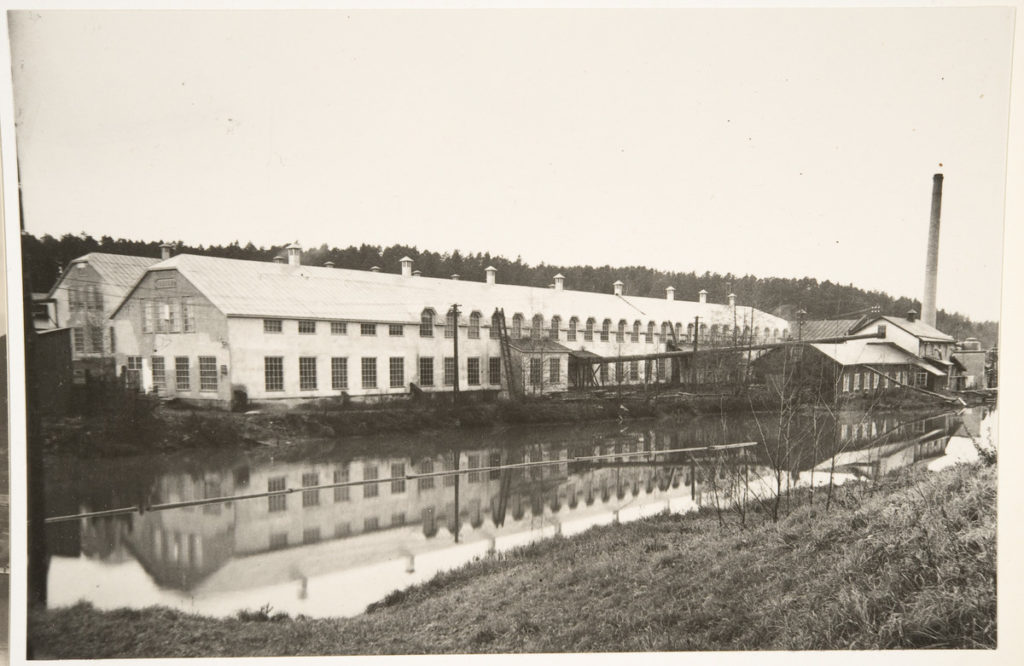
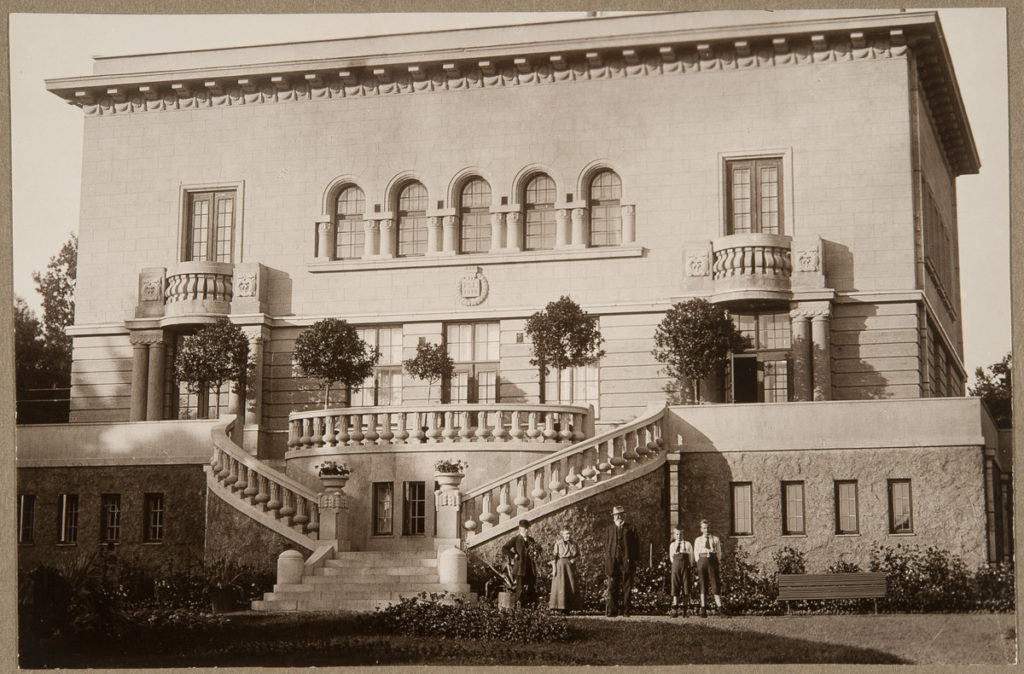
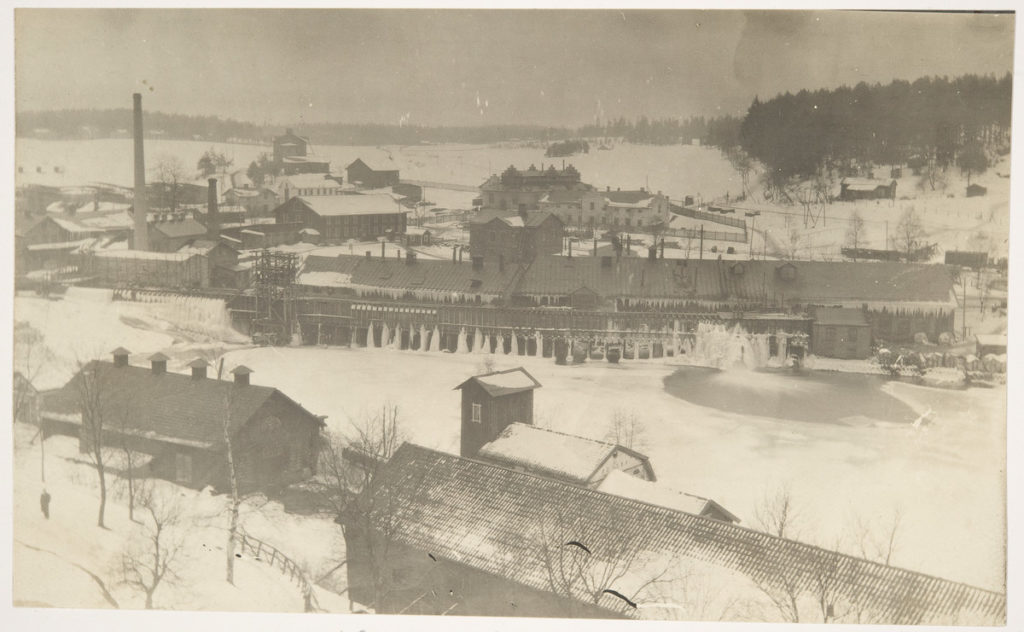
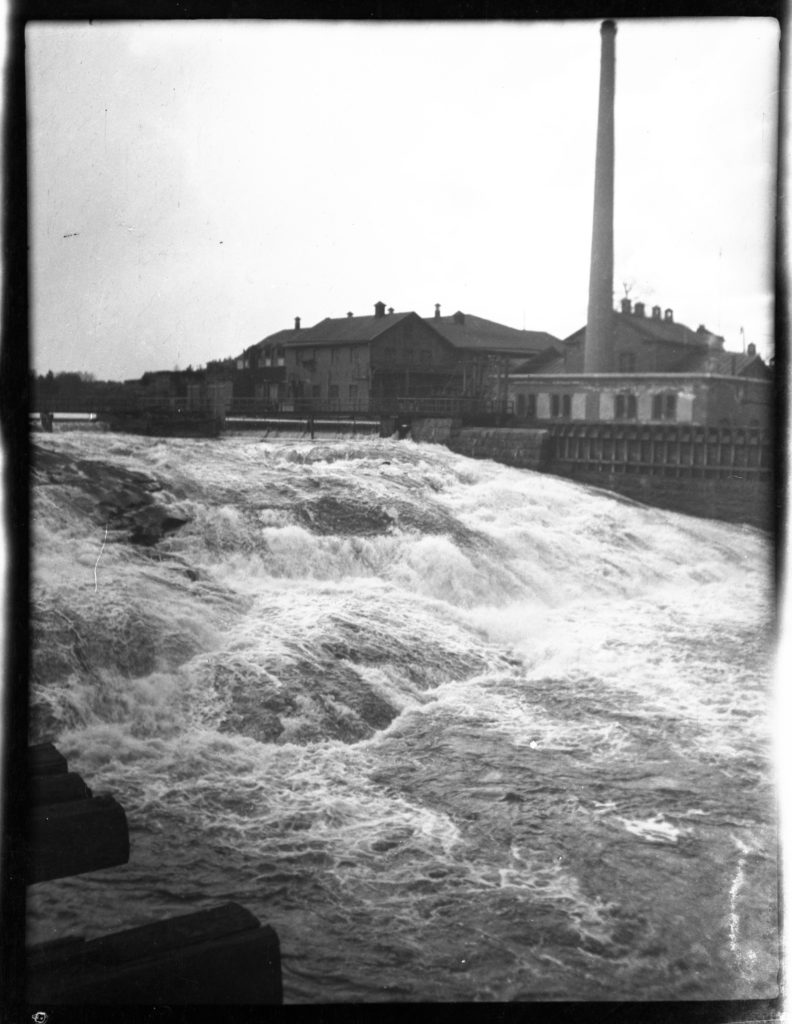
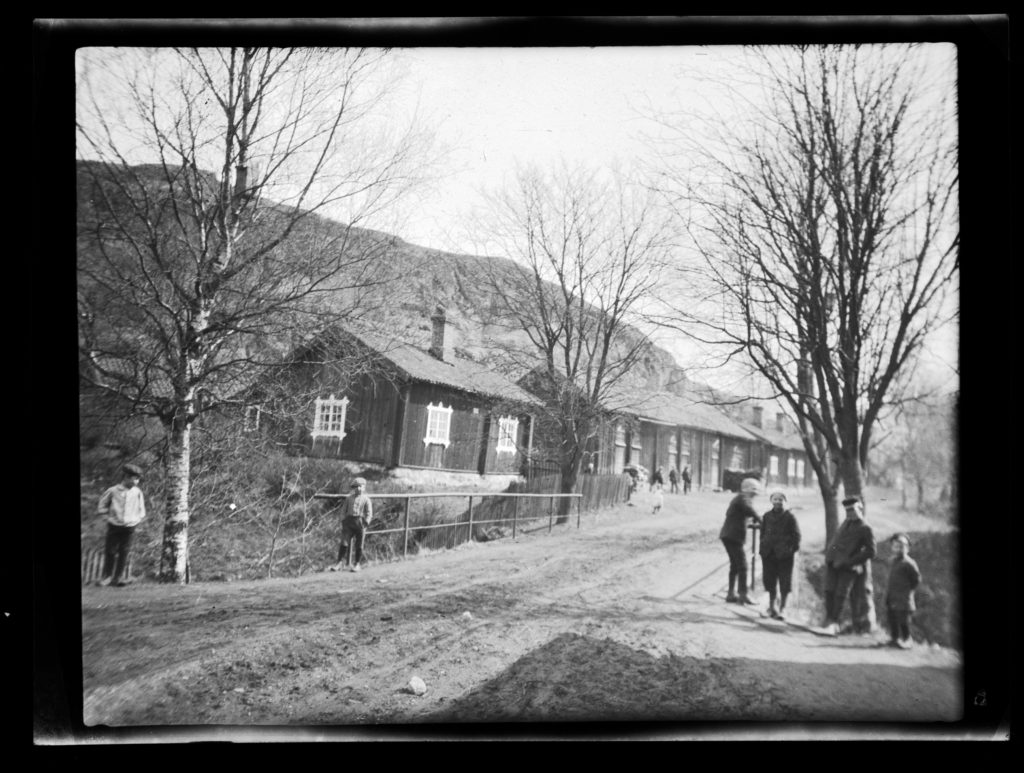
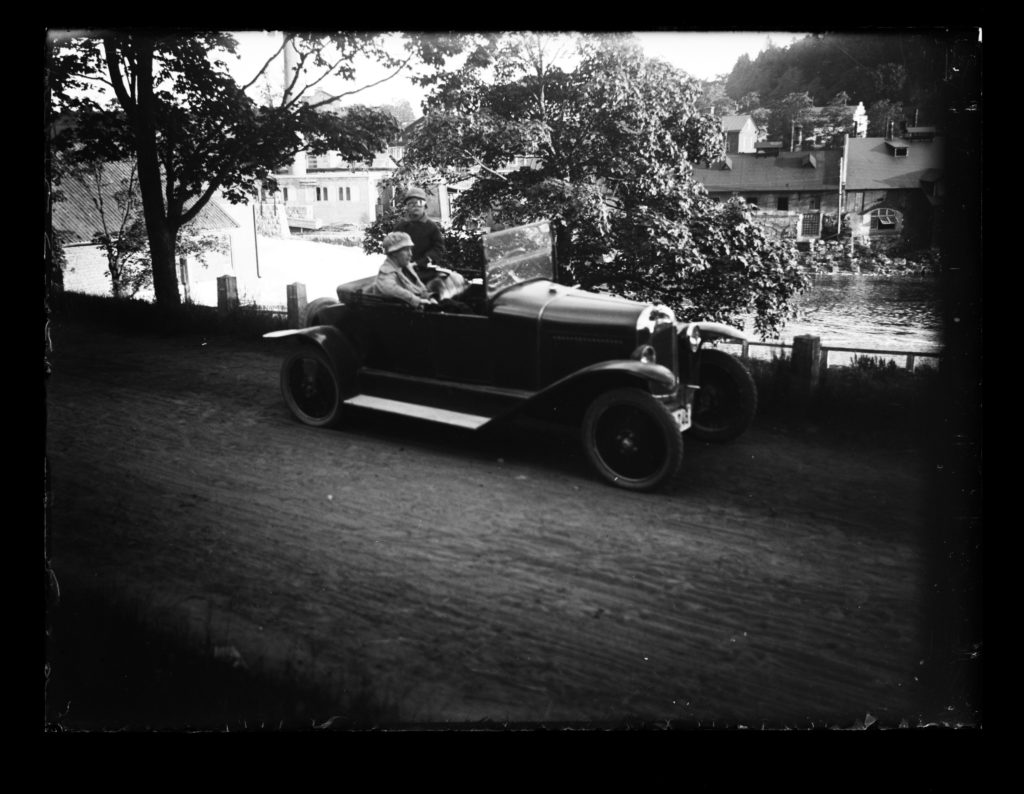
Billnäs is a really interesting destination!